When production of the Land Rover Defender ended in 2016, it felt like the end of an era. Never before had such an impressive send-off been organised, as the world’s press gathered at Jaguar Land Rover’s Solihull plant to watch the last example roll off the line after 68 years of production.
Four years later and following much hype, the all-new Land Rover Defender is here, billed to be as tough as ever but with on-road comfort too. And it’s being built at a new plant in another country: Slovakia.
The factory in Nitra has been up and running since October 2018, when it began building the Land Rover Land Rover Discovery, which also relocated from Solihull. A bit like Nitra’s operations director, in fact: Russell Leslie is a friendly Brummie who moved to Slovakia after 26 years working around the world for JLR, including managing the Defender line. He explains that getting production moving at Nitra was easier than usual, because the Discovery already had an established engineering process, but now the real challenge begins: “The eyes of the world are on us. We’re hugely proud to be building the Defender.”
Of course, some purists cried foul that the new model isn’t being built in Britain. Leslie comments: “We’re on a global expansion journey. We’re committed to the UK as our design and engineering base. We needed to find space in the factories in the UK for future products and therefore there was a need to move. And actually this [plant] gives us access to markets we didn’t have before, and it helps with currency fluctuations.”

At two million square feet, the purpose-built facility is almost twice the size of the Solihull plant and has clearly been a boon for the area; miles of perfectly smooth new roads lead here, passing a host of supplier factories. The figures back it up: local unemployment has fallen drastically. JLR employs 2800 people, more than a third of them women – unusually high for a vehicle plant. Its processes were ergonomically designed, it says, so 97% of people can do the job.
Nitra has an annual capacity of 150,000 cars; last year, around 38,000 Discoverys came off the line, plus up to 2000 Defenders. JLR won’t comment on volume predictions, but the fact the site is at just a quarter of its capacity suggests there’s an awful lot resting on the new Defender.


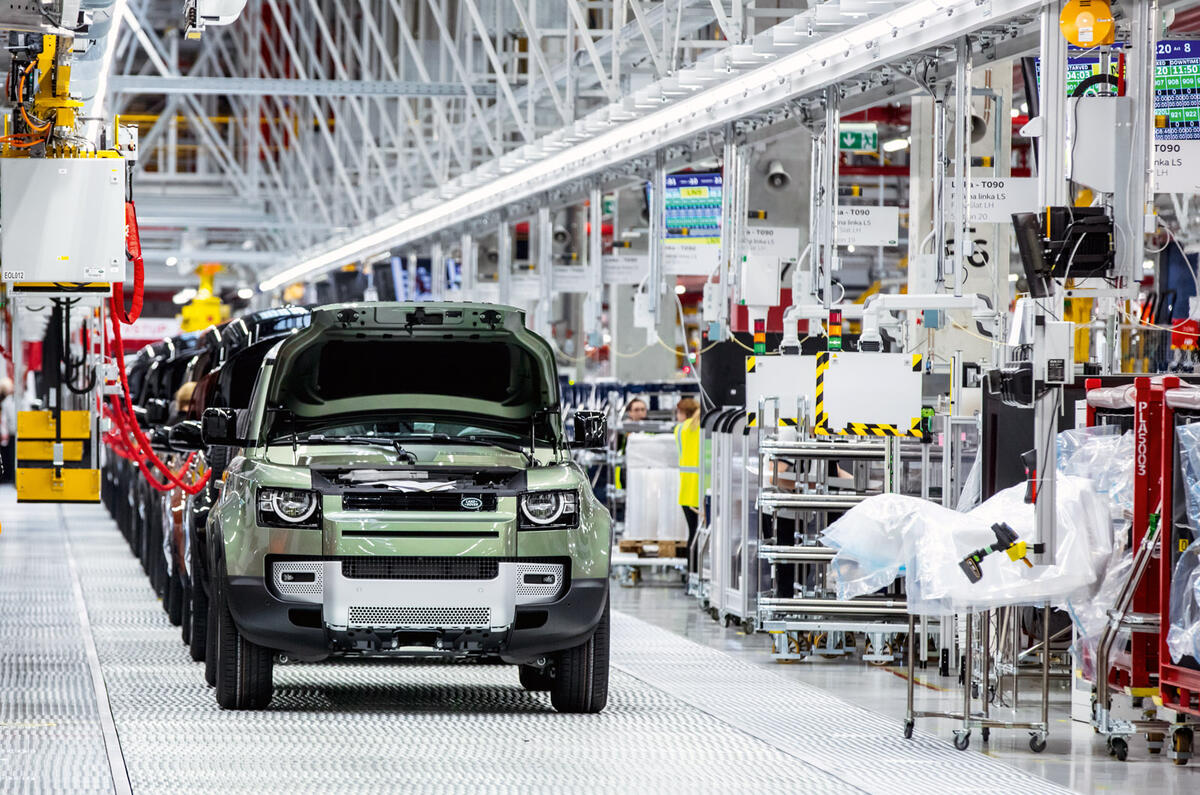


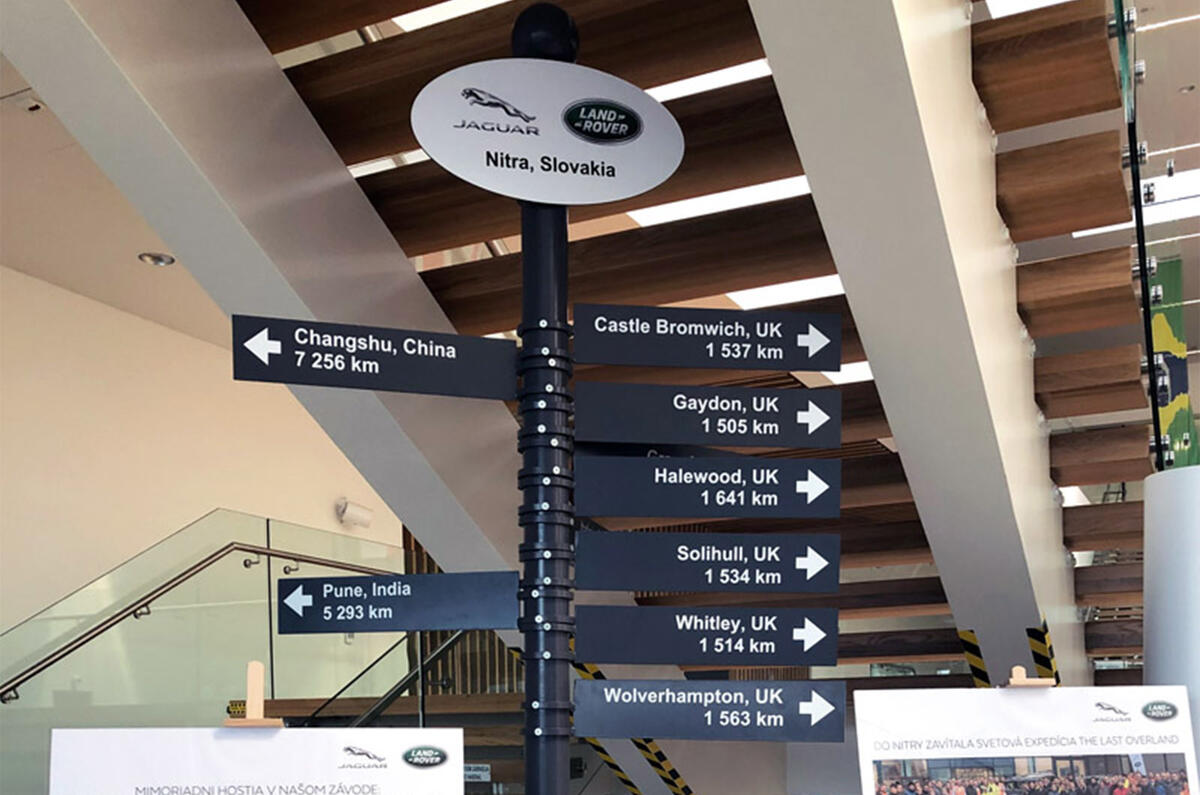

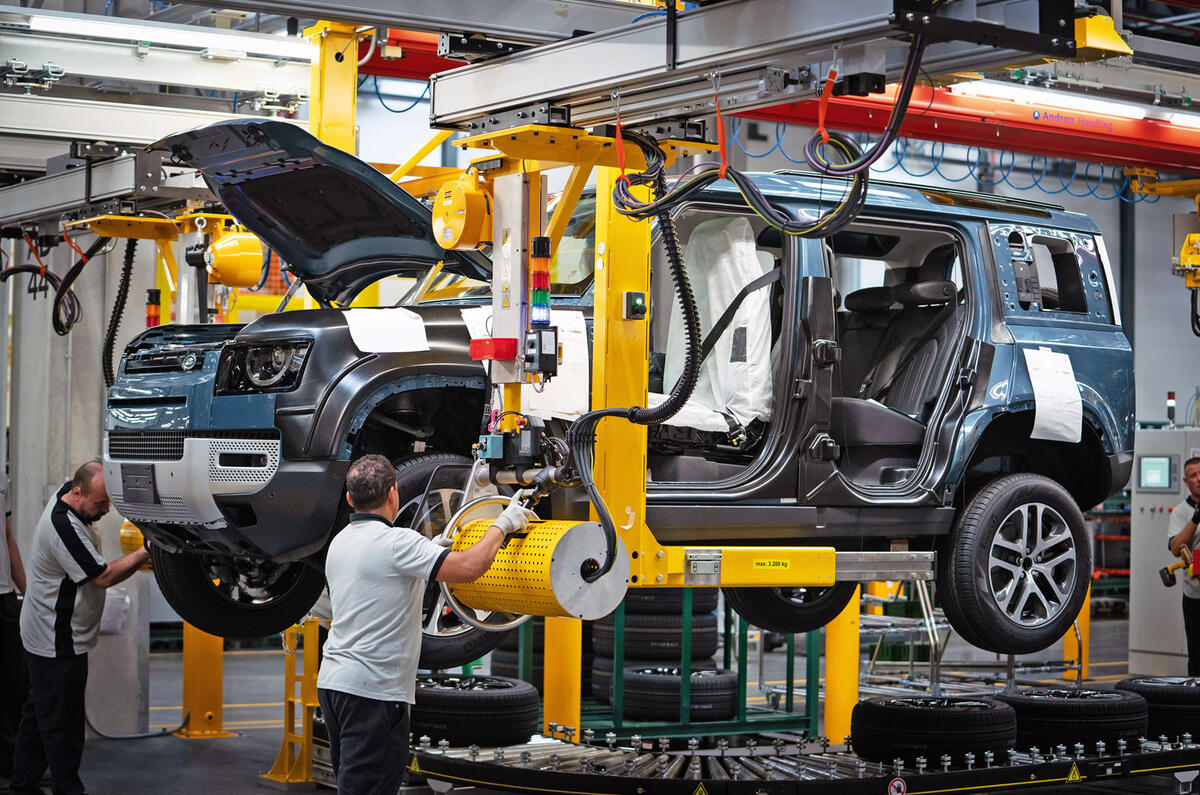
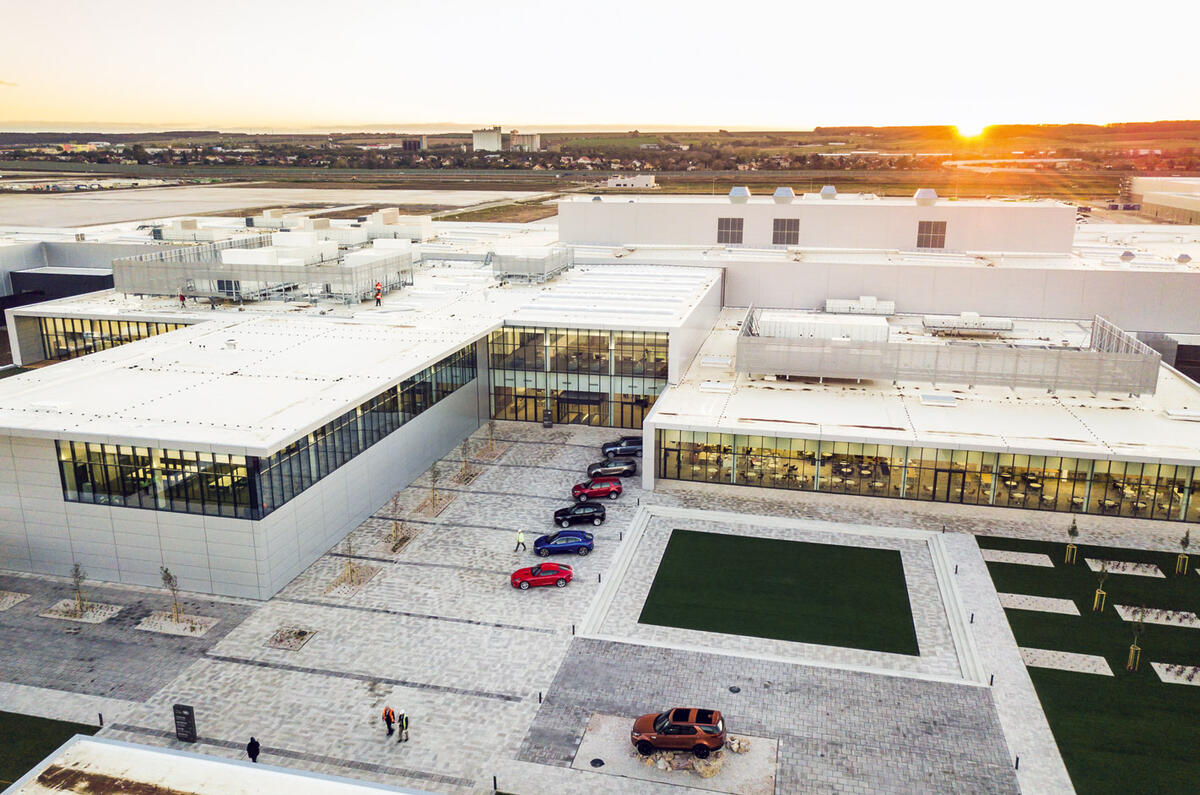
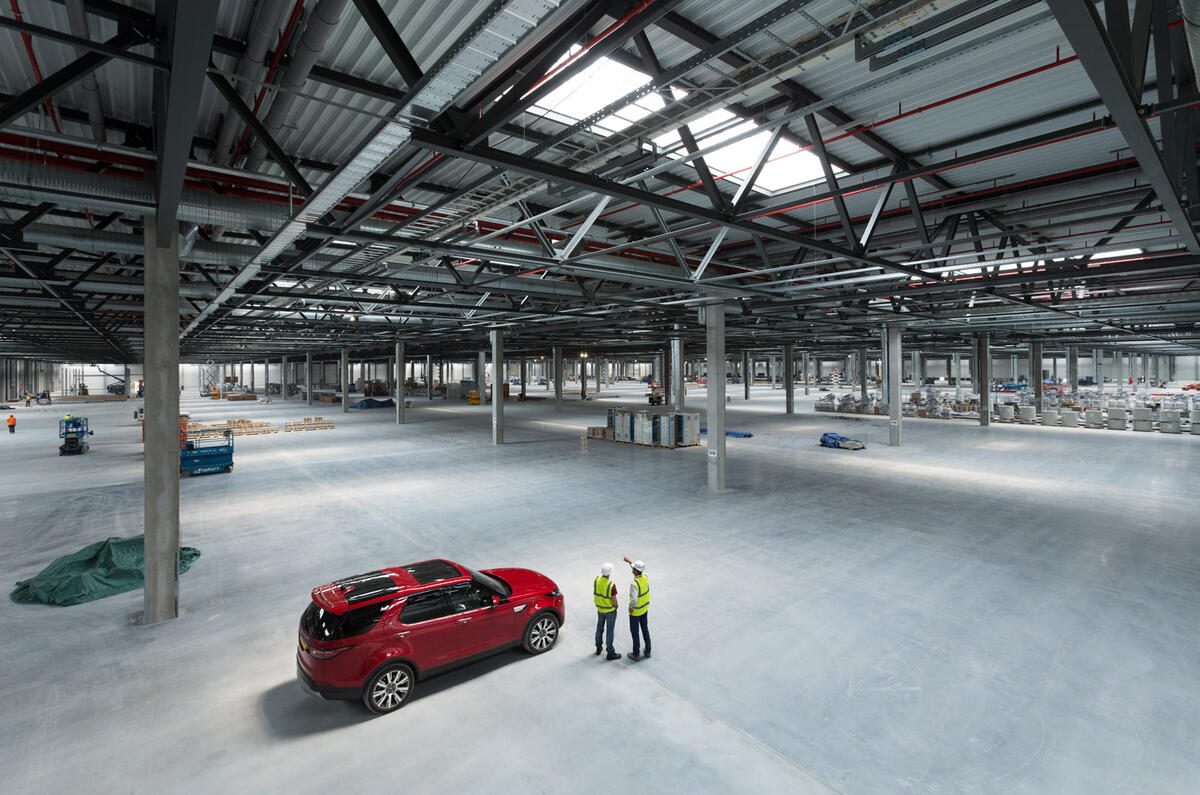


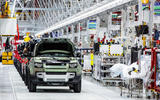
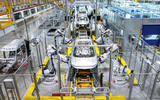





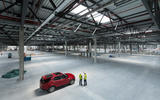



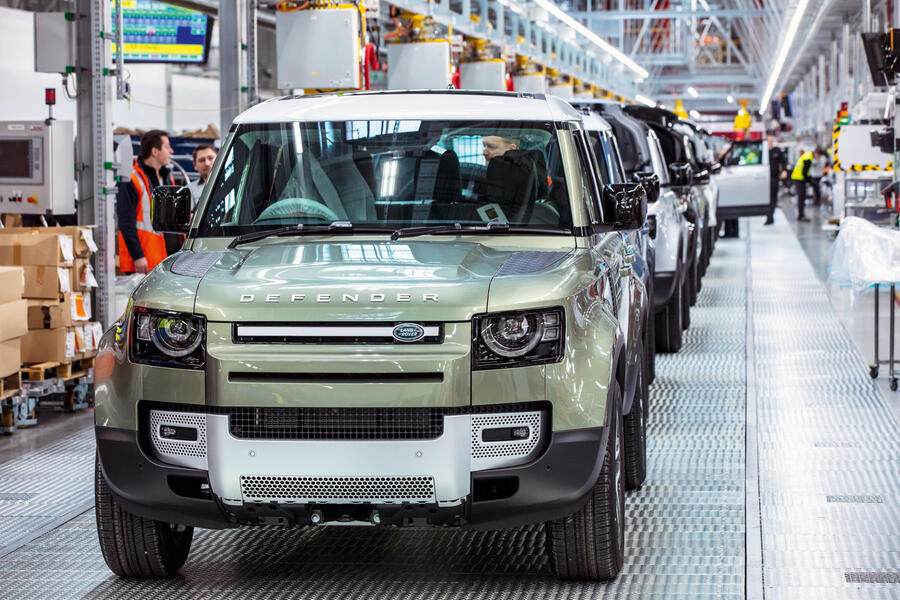




Join the debate
Add your comment
defender built in foreign lands
i think its a disgrace that htis iconic vehicle will be built in eastern europe,whilst engines will be built in england at wolverhampton doesnt make sense to me especially the cost in fuels to transport to and the back from eastern europe hardly makes it a vehicle with green ceredentials think cheap foreign labour cost will offset it no doubt ithis ultimately will put me off buying this vehicle i prefer to support my own nation,
I can't wait to see the new
I can't wait to see the new Defender on the road and (like most British people, including most Brexit people who in my experience mostly drive foreign built cars) I really don't care where it is built.
Next week’s Defender articles
Doris the tea lady - in depth interview.
Gerry McGovern's downstairs loo roll holder.
We meet the 18 people who have bought one, and asked why they swopped from another LR product.
A look at the various shades of monochrome and green available.
A chat with the first customer who makes it a week without it going back to the dealer. This will be in the Christmas edition.
An exclusive view from the inside of JLRs anal cavity with a nose cam.